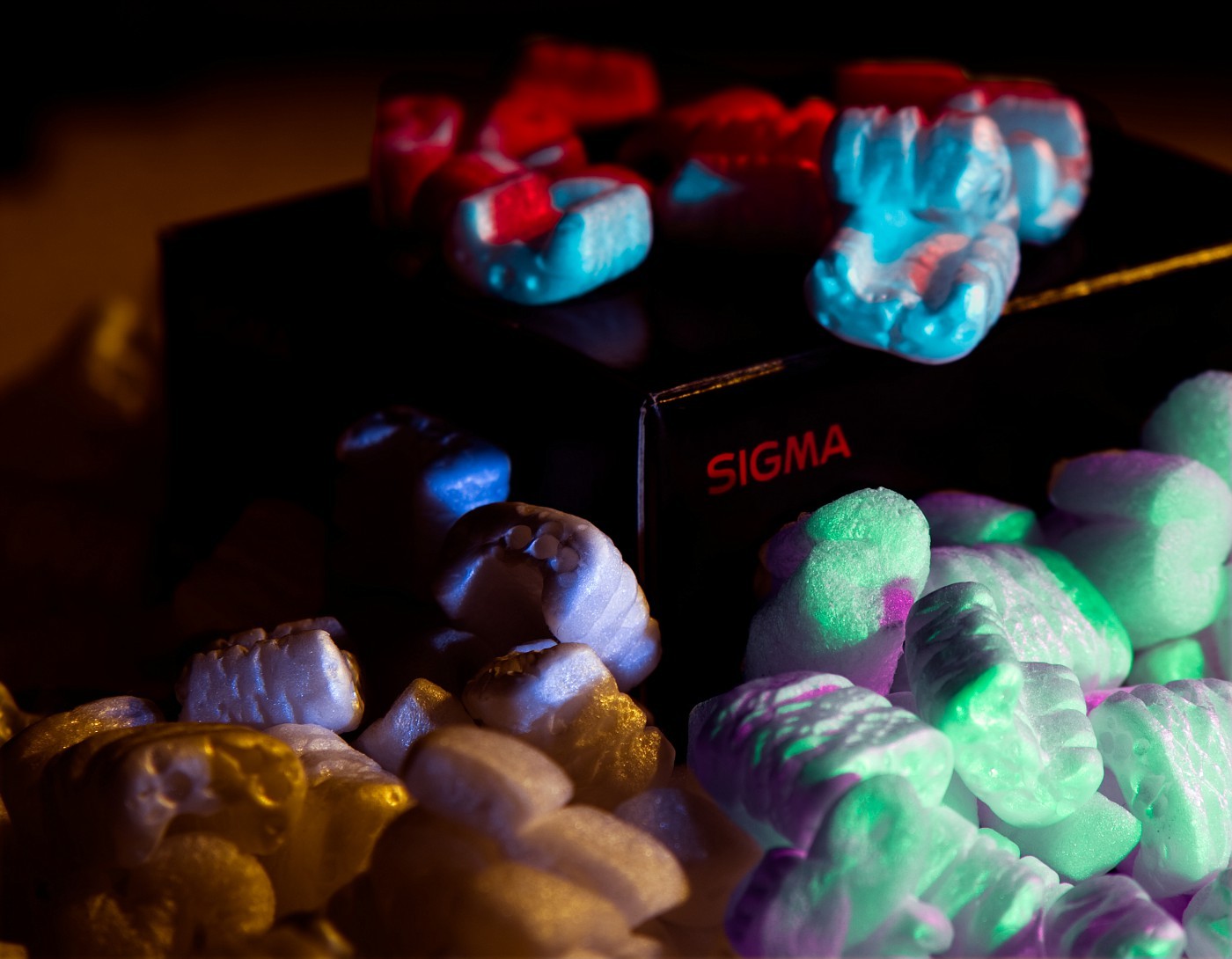Why create a new layer in order to make adjustments when you can simply make the adjustments on the original image layer (and undo any you aren't happy with)?
One of the biggest benefits of Photoshop is they way we can use layers. Adjustment layers are great...better than great, they are fantastic.
Example:
You are working on an image and you want to adjust it with levels. If you just use the layers command (Image/adjustments) then once you click OK, the changes are made to the image. Sure you can undo it if you want but....lets say you adjust the layers first. Then after working on the image for a while...you decide you want to adjust the levels again. You can just run levels again. What you may not know, is that when you adjust the levels, you are changing the pixels of your image...some might call it damaging the image. A clue to this is that when you run levels again, the graph isn't full but has missing lines. The same principle applies to most of the adjustments you can make. They affect the actual image (layer) that they are run on...and it's a 'destructive' editing process.
Now, with adjustment layers you can adjust the levels....on it's own layer. So it's not actually damaging the pixels of the background layer. Plus, you can just click (double click) on that layer at any time to change the adjustment that you made. Or you could even scrap the adjustment layer and make a new one if you want. You can even turn that layer on & off, so see the difference. You can also adjust the opacity of the layer to fine tune the affect it has on the image. For example, lets say you make a hue/saturation adjustment layer and crank up the color. A while later you decide that you went too far. You could just click that layer and adjust it again...or just drop the opacity a little bit.
Another advantage (and this is a big one) is layer masks. You can add a mask to a layer, including adjustment layers. For example, lets say you have a landscape shot and the sky is too bright. If you adjust the whole image, to make it darker, the land will get darker also. You could make a selection and only adjust that one part of it...but once you are done...those changes are made to the pixels again. With an adjustment layer and a layer mask, you can make the adjustments that you want, and mask off (or mask on) the parts that you want to affect with the layer. Since it's on it's own layer, you can go back at any time and adjust the layer or adjust the mask.
Some call this localized adjustment. Meaning that you can use masks to adjust only the parts of the image that you want. A heavily involved image edit might require 10 different levels adjustments...each to different parts of the image. With adjustment layers and masks, this is pretty easy...and you can save it, and go back to make changes later.
Sure, if you are just going to open the image, make a quick adjustment and save it again...then you may not want to use adjustment layers. Especially if you want to keep your images in jpeg format.
But I hope you can now see the power that layers (and masks) allows us.













![[No title]](/data/xfmg/thumbnail/41/41818-fb8293ceb208cab396fce9a587bbe37b.jpg?1734176131)

![[No title]](/data/xfmg/thumbnail/37/37130-15360a524d273bc7dcd0beda3e9299ee.jpg?1734169834)
